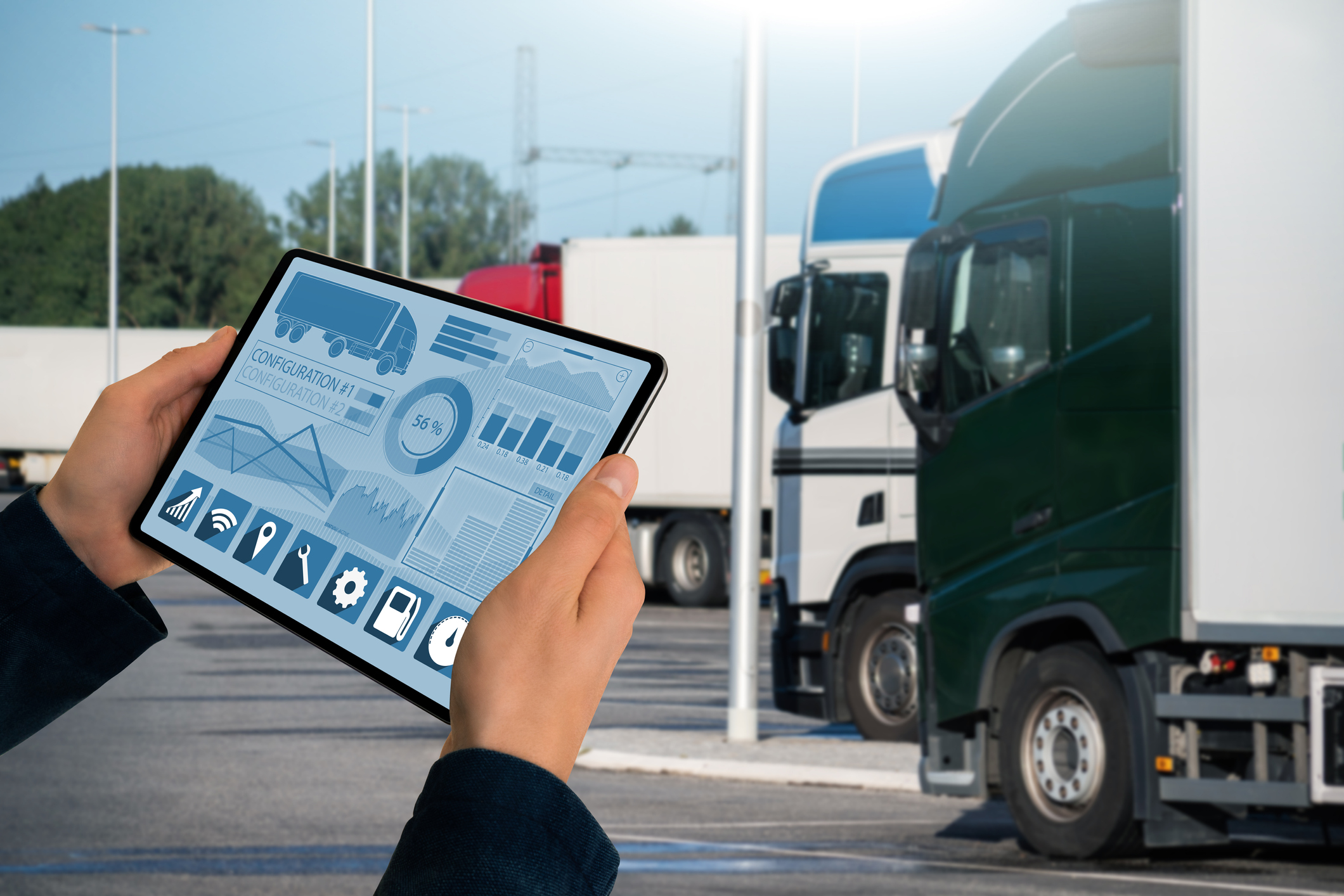5 Ways Telematics Can Protect Your Fleet
Advances in vehicle technology allow for safer fleets, but also greater efficiency. Learn how the driver behavior data provided through telematics can protect your employees and your organization.
August 16, 2021

Incredible advances in vehicle technology can provide valuable insights into how drivers behave and how our vehicles perform. This technology, defined as telematics, can assist in monitoring the safety of fleets and even provide training opportunities for drivers.
“Many employers are using telematics data not just to keep their drivers safe, but also to improve their fleet efficiency,” said Kevin O’Sadnick, Senior Risk Control Manager at Safety National. “Data like hard braking, excessive acceleration and geo-tracking can provide feedback to fleet managers, and even human resources teams, so they are aware of needed improvements.”
There are almost endless advantages to installing telematics in your fleet safety program. Based on data provided by this technology, here are five areas that telematics can significantly improve.
1. Safety
Arguably the most crucial aspect of telematics is the data it can provide to make a fleet safer. Cameras and sensors can tell us how a driver is performing behind the wheel and areas that need considerable improvements. Users can then tailor training to specific needs like seat belt usage, traffic signal adherence or accident prevention. Facial recognition software can even identify fatigue in a driver. Cameras can also provide a 360-degree view, preventing false claims in the event of an accident or injury.
2. Expandability
The ever-expanding capabilities of telematics allow organizations to be more connected to their fleet than ever before. Mobile apps can inform fleet managers of incidents in real time, allowing them to provide timely feedback to their drivers. Custom software development can enable an organization to build its needs into a platform that a developer may see as an opportunity for similar companies to use in the future.
3. Productivity
Data provided through geo-tracking software can improve efficiency in a fleet, letting a fleet manager know driver routes and stops in addition to when they may need to dispatch a nearby driver to assist. Productivity tools can deploy roadside assistance when needed and provide valuable trip history data to ensure drivers follow the safest and most efficient routes.
4. Compliance
Installing compliance devices in fleets can ensure your vehicles meet regulations while keeping drivers safe. Data provided through these tools can inform a fleet manager when maintenance is needed on a particular vehicle through electronic logs and even monitor vehicle temperature. A couple of the more-common uses are for fuel tracking and maintaining compliance with CO2 regulations.
5. Fleet Optimization
Tools that can optimize a fleet provide critical data that allows a fleet manager to predict drivers’ needs. Data regarding fuel consumption, remote diagnostics and maintenance necessities can communicate vehicle needs to drivers in real-time, putting them in the safest position possible. GPS tools are typically the most-common optimization tool, informing a driver of the safest and most-efficient routes to their destinations.
While some of these tools may appear costly upfront, most provide budget-saving data that can enhance a fleet for years to come. Not every aspect of telematics is required to reap the benefits for a fleet. Basics like cameras, sensors and GPS tracking can be relatively inexpensive and low maintenance. Compared to the value they provide, like multi-angle views of an accident, they are worth their weight in gold, keeping a fleet responsible and often preventing a business from incurring costly litigation.

























